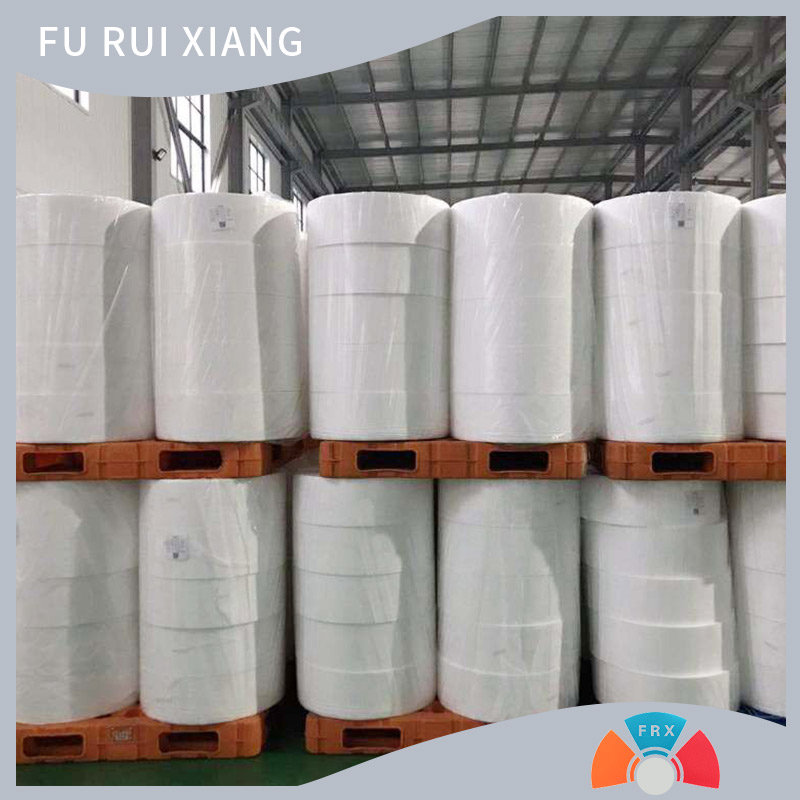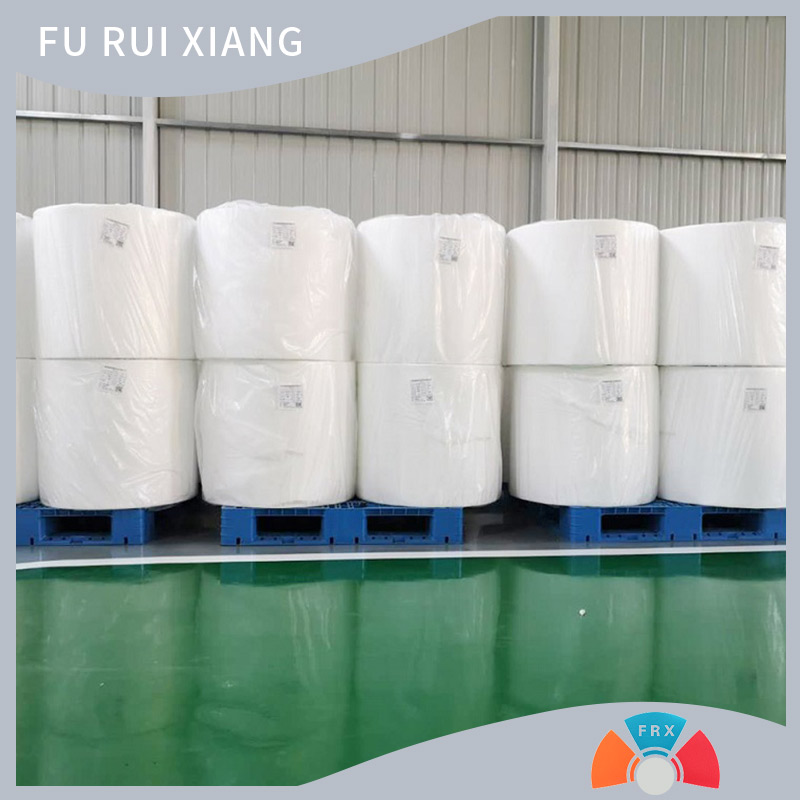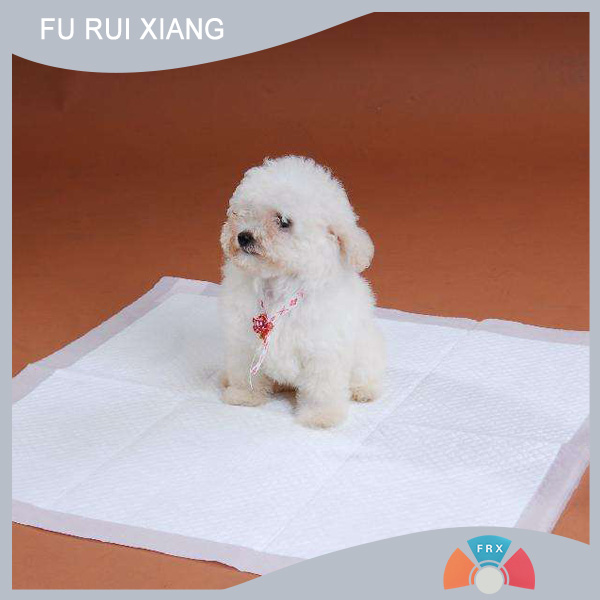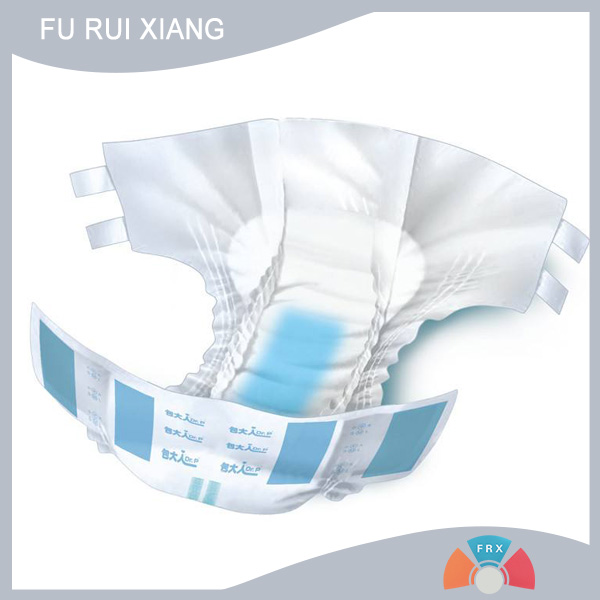In the first half of 2021, the capacity utilization rate of the national textile manufacturing industry will increase.
Data show that in the second quarter of 2021, the capacity utilization rates of the textile and chemical fiber industries were 80.9% and 85.3%, respectively; in the first half of 2021, the capacity utilization rates of the textile and chemical fiber industries were 79.7% and 86.1%, respectively, both higher than the same period. The national industry level is 77.9%, an increase of 9.4 and 9 percentage points respectively over the same period in 2020.
In the first half of 2021, the added value of the textile industry above designated size increased by 9.6% year-on-year. Based on the first half of 2019 (the same below), the two-year average growth rate was 1.1%.
Mr. Bi Huichuan has extensive experience in the production of polypropylene spunbond non-woven fabrics. In April 1996, he established Qingdao Jufuxiang Plastic Industry Co., Ltd. (the predecessor of Qingdao Furuixiang Plastic Technology Co., Ltd.), dedicated to production, research and development. SMS, SS, S polypropylene spunbond non-woven fabrics.
- A detailed introduction to Weicai non-woven fabric!
- The development trend of the textile fabric industry!
- Qingdao Furuixiang Plastic Technology Co., LTD. Furniture Non-woven Fabric: A practical decorative material suitable for
- Qingdao Furuixiang Plastic Technology Co., LTD. Spunbond Nonwoven Fabric: The mainstream molded category in nonwoven fab
- Green and low-carbon, the textile industry is accelerating its "breakthrough"!
- Furniture non-woven fabric: A furniture auxiliary material that combines practicality and aesthetics!
- The export situation of China's textile and garment industry in the first half of the year!
- Qingdao Furuixiang Plastic Technology Co., LTD. Spunbond Nonwoven Fabric: A high-efficiency formed nonwoven fabric categ
- Spunbond nonwoven fabric: A high-efficiency formed nonwoven fabric category!
- Raw materials, properties of medical non-woven fabrics, and differences from ordinary non-woven fabrics!










